When it comes to insulating your home or commercial space, choosing the right material is crucial for energy efficiency and cost savings. Two popular options in the market are foam insulation and fiberglass. In this article, we will delve into the key factors that determine the cost-effectiveness of these insulation materials, helping you make an informed decision for your insulation needs.
- Installation Costs:
Foam Insulation: Foam insulation, such as spray foam or rigid foam boards, typically requires professional installation due to its specialized application techniques. The installation process involves the use of specialized equipment and trained technicians, which can increase the upfront costs.
Fiberglass: Fiberglass insulation, on the other hand, is relatively easier to install and can be done as a DIY project. It comes in rolls or batts, making it convenient for homeowners to handle and install themselves. This can significantly reduce the installation costs, especially for smaller projects.
- Thermal Performance:
Foam Insulation: Foam insulation provides superior thermal performance compared to fiberglass. Its closed-cell structure creates an airtight seal, preventing air leakage and heat transfer. This results in better insulation and energy efficiency, reducing heating and cooling costs in the long run.
Fiberglass: While fiberglass insulation also offers decent thermal performance, it is more prone to air leakage due to its loose composition. This can lead to energy loss and reduced efficiency over time.
- Moisture Resistance:
Foam Insulation: Foam insulation is highly resistant to moisture and acts as a vapor barrier, preventing the accumulation of moisture within the walls. This helps to prevent mold growth and potential damage to the structure, ensuring long-term durability.
Fiberglass: Fiberglass insulation, although it can resist moisture to some extent, is not as effective as foam insulation in preventing moisture buildup. If not properly installed or maintained, fiberglass insulation can absorb moisture, leading to mold growth and compromising its insulation properties.
- Lifespan and Durability:
Foam Insulation: Foam insulation has a longer lifespan compared to fiberglass. It is resistant to pests, such as rodents and insects, and does not degrade over time. Foam insulation can maintain its effectiveness for several decades, providing long-term cost savings.
Fiberglass: Fiberglass insulation, while durable, may deteriorate over time due to moisture absorption or settling. It may lose its insulating properties and require replacement or additional insulation in the future.
Conclusion:
In the battle between foam insulation and fiberglass, it is evident that foam insulation offers superior thermal performance, moisture resistance, and durability. Although foam insulation may have higher upfront installation costs, its long-term cost-effectiveness and energy-saving benefits outweigh the initial investment. Fiberglass insulation, on the other hand, provides a more budget-friendly option for smaller projects but may require more maintenance and have a shorter lifespan.
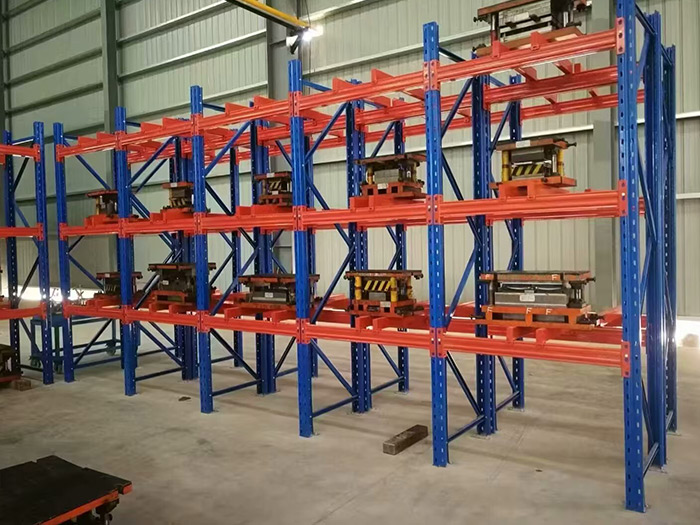
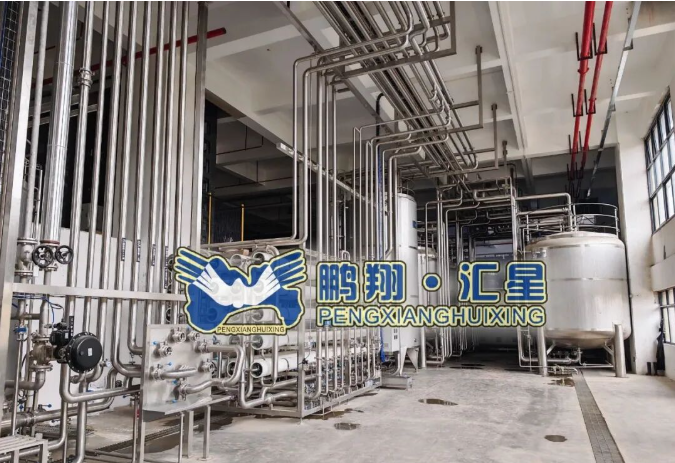
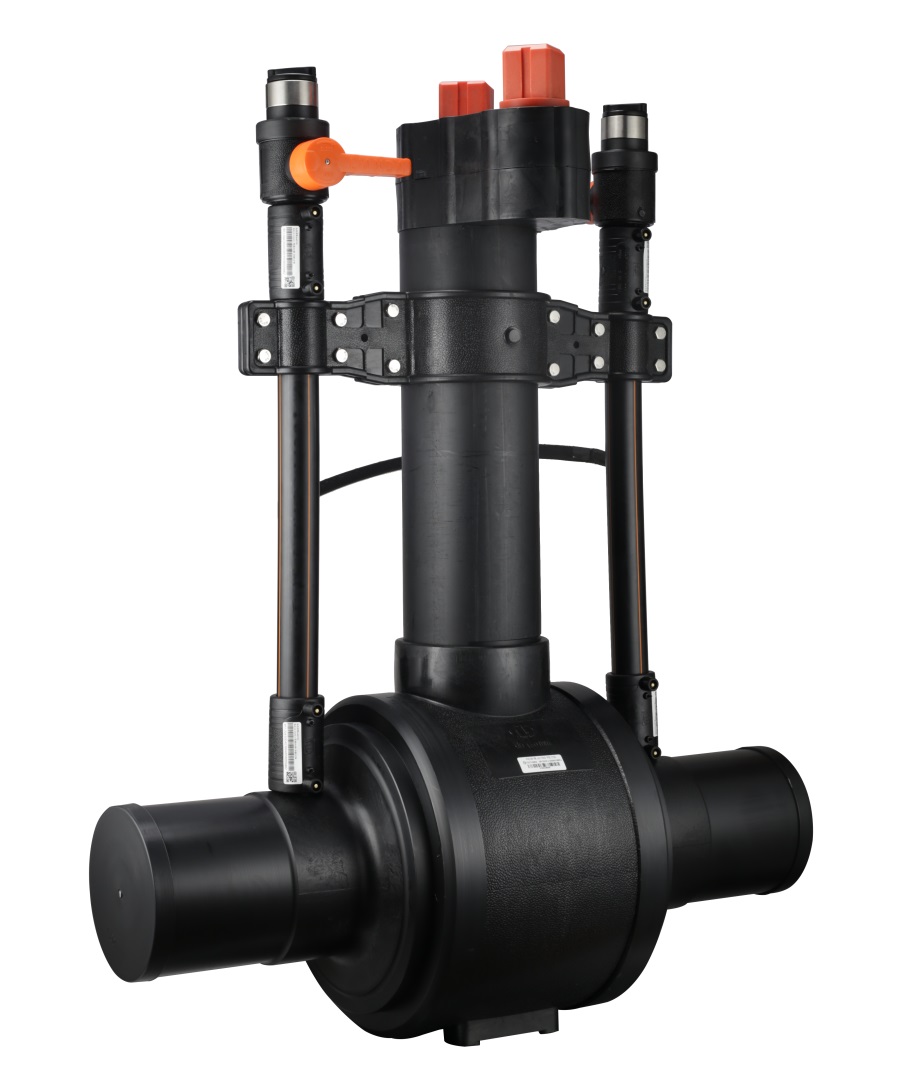
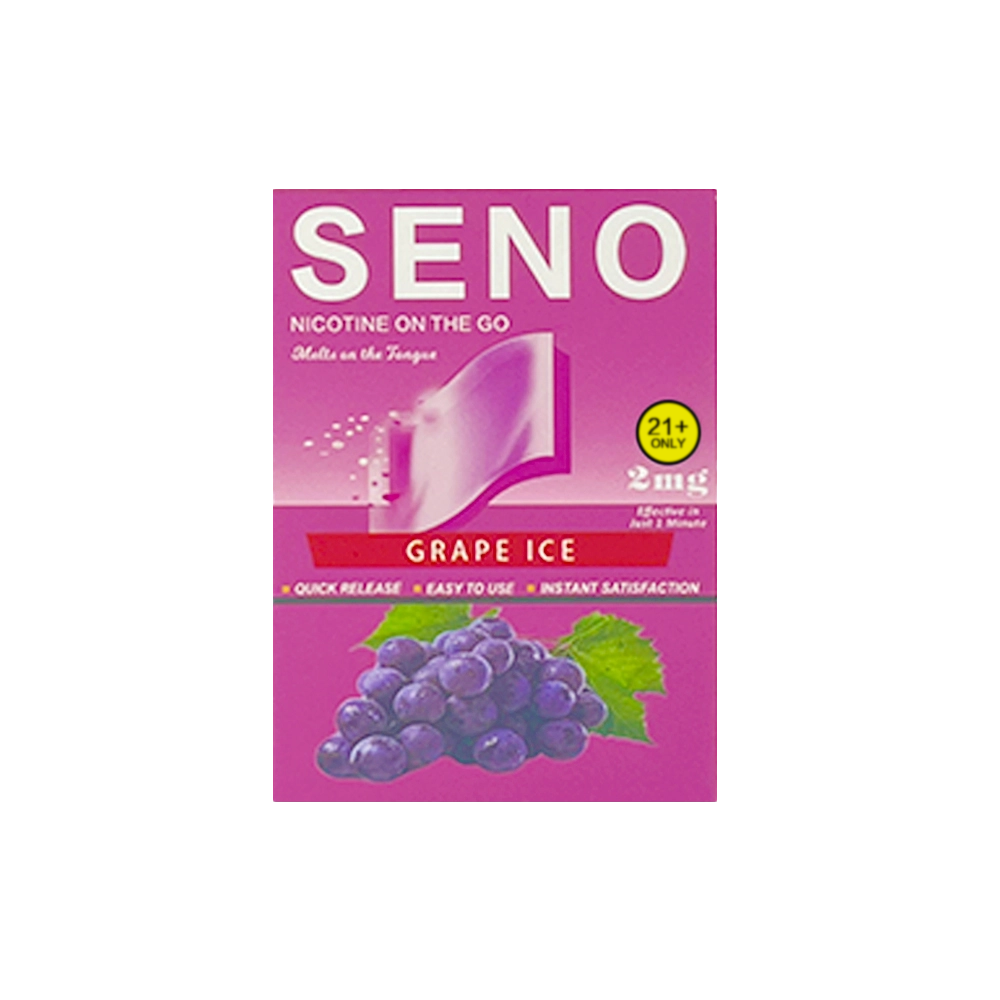
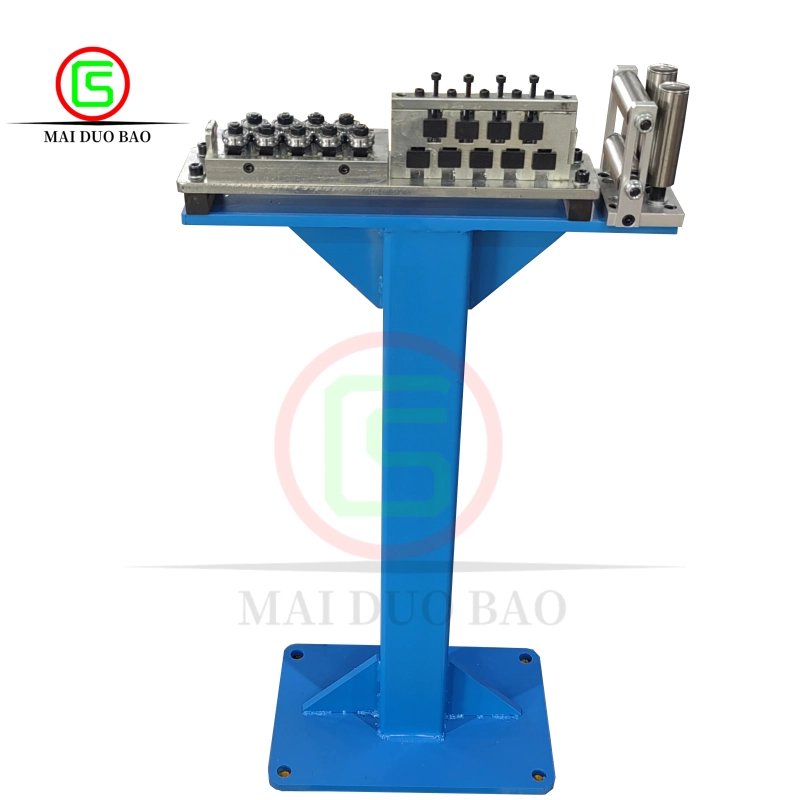

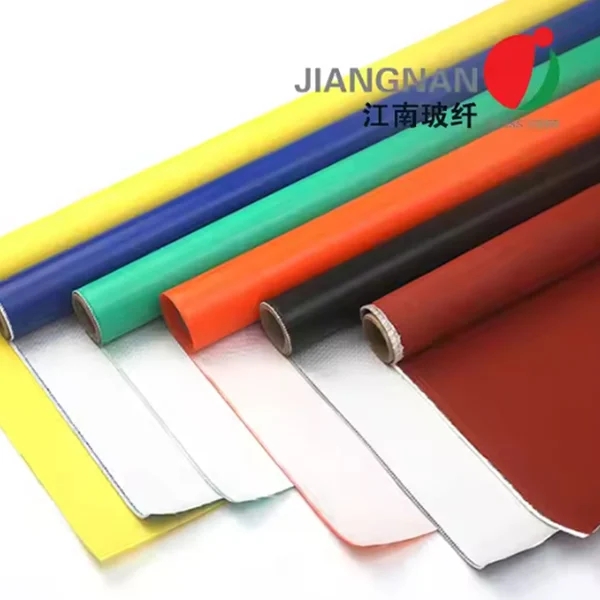


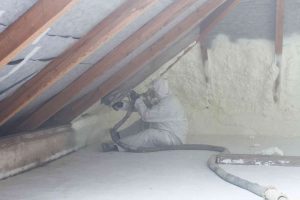

+ There are no comments
Add yours